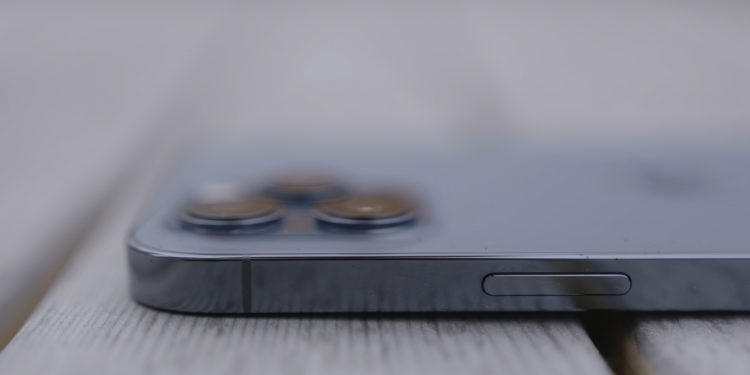Rumors about the next iPhone generation have been documented for several months. The majority of these reports relate to the display. Now there are more details.
Will Apple offer 120Hz displays this year? This question has been discussed for a long time. It was originally assumed that Samsung's LTPO technology would be needed for this. Now TheElec claims to have received information that this will be exactly the case. This means that the iPhone 2021 Pro models will receive LTPO OLED displays that are produced exclusively by Samsung. This would enable a 120Hz refresh rate. is called it in the report:
Samsung Display will be Apple's exclusive supplier of organic light-emitting diodes (OLEDs) used in the two higher-end models of the next iPhone, TheElec has learned.
Both iPhone 13 models will use Low-Temperature Polycrystalline Oxide (LTPO) Thin-Film Transistor (TFT) OLED panels from Samsung Display.
Apple's iPhone 13 lineup will consist of four models and all will use OLED panels. The top two models will use LTPO OLED, which can support a refresh rate of 120 Hz.
According to a previous report, both LG and Samsung are expected to supply the technology to Apple for the 2021 iPhone. However, according to the latest report, LG will focus on increasing its production capacity this year to start supplying it next year, as Apple reportedly plans to use LTPO OLED displays for “all iPhone models” in 2022.
iPhone 2021: LTPO technology opens up new possibilities
Display analyst Ross Young has been persistently predicting this for months, contradicting various leakers who have claimed that 120Hz displays will be introduced with the iPhone 12 Pro. Based on the rumor mill, the use of the new display technology seems to be the biggest innovation this year. Whether further changes are to be expected remains to be seen for now. The use of LTPO technology would allow Apple to deliver a much more energy-efficient backplane that is responsible for turning individual pixels on and off on the display. Depending on what Apple decides, the technology could pave the way for longer battery life or always-on display elements. (Photo by MediaWhalestock / Bigstockphoto)





